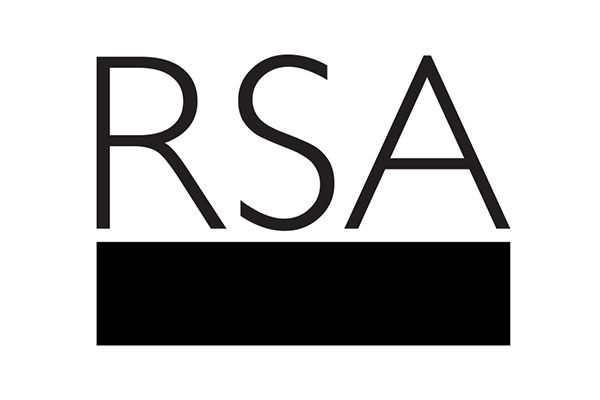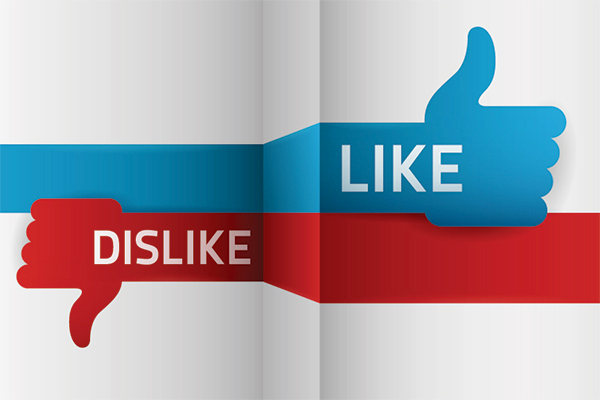We talk a lot about attention at the RSA. It is one of Social Brain Centre’s core thematic strands, and Jonathan blogged about the potential for it to be fractured by our technological addictions earlier this week. So I was very interested to see that the article The Essence of Optimism in the Jan/Feb issue of Scientific American Mind was largely on attention, too.
More specifically, the article by Elaine Fox of the University of Essex describes research into the effect of attentional cognitive biases on stress, anxiety and resilience. Those who routinely pay attention to the negative, or who generally interpret ambiguous situations as being negative, experience greater stress and anxiety.
What does this mean in real life? What does it mean to seek out the negative? One test that psychologists carry out in the lab is to allow participants to hear words - which happen to be homonyms such as died and dyed - and ask them to write down the word that they hear. Those who have a negative cognitive bias, which Fox states is acquired through both genetics and experience, will write down the negative word more often than average.
We can be trained to habitually tune into the positive
Interestingly, it seems that we can be trained to habitually tune into the positive (or negative) of a situation, and studies have found that the effects of this attentional training are not confined to the lab and can carry over into 'real life'.
This training, or Cognitive Bias Modification as it is called by researchers, sets people the task of clicking their mouse when they see a certain cue, such as a letter on the screen. The screen displays a set of images – such as a neutral and negative word, or a smiling and unhappy face – and a moment later, the letter cue is flashed on screen. Not unintentionally, the letter cue appears in the same place as one or the other of the initial images. By manipulating how frequently the cue follows in place of the positive image, the researchers can effectively train the participant to focus on the positive and reduce their bias towards negativity.
Finally, to test real life application, prior to going abroad for a student exchange programme in Australia, a group of Singaporean students were split into two groups which followed a programme of such attentional training; one group trained for positivity and the other for neutrality. Those who trained for positivity later reported that they experienced less stress and anxiety when they arrived in Australia, as compared to the group who had neutral training.
As the author admits, these results are of course based on subjective self-reports, so should be used with caution. And, more research is needed. But it has got me thinking: what am I paying attention to in my own life?
Related articles
-
How can we give up bad habits for good?
Ian Burbidge
With the post-Christmas resolutions looming, when we try to address the worst of our seasonal over-indulgences, the question remains: how can we give up bad habits for good?
-
Why fake news doesn't swing elections
Tony Greenham
Fake news doesn’t swing elections, but neither does ‘truth’. We have always filtered new information to fit our existing prejudices. The real danger to our democracy is not an absence of truth, but an absence of trust.
-
Tell me a story? Or give me the figures?
Nathalie Spencer
What is the best way to influence stakeholders and generate change? Different approaches to generating change have different strengths, when should each be used to the best effect?




Join the discussion
Comments
Please login to post a comment or reply
Don't have an account? Click here to register.
Hi Francesca, thanks for your comment. I think that gratitude lists are a good way to focus attention on the positive. In the original article the author mentions that some of these training programmes used in the lab might eventually become available on smart phones or (computer) tablets. I wonder what other practices, in addition to the gratitude lists you mention, might be used before we get to the stage of widespread availability of the lab training exercises.
I think this might be why gratitude lists (which are evidence-backed) are effective - because they redirect attention towards the positive.